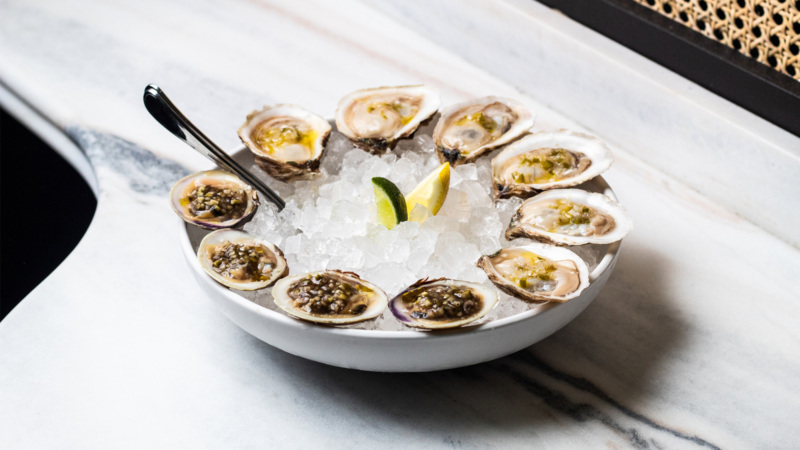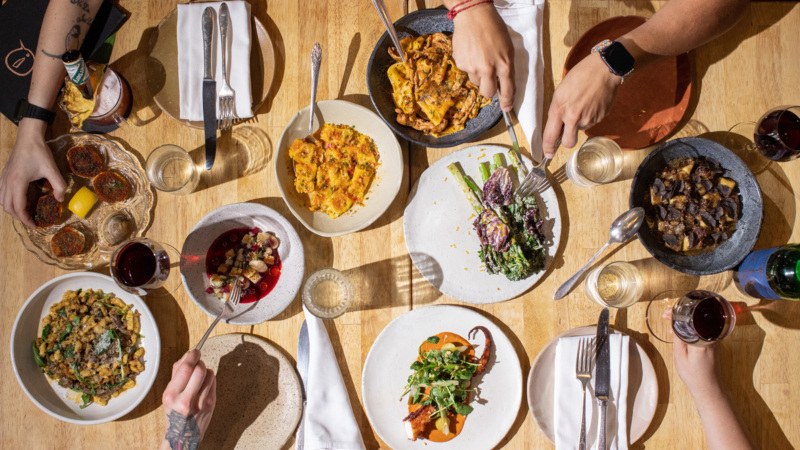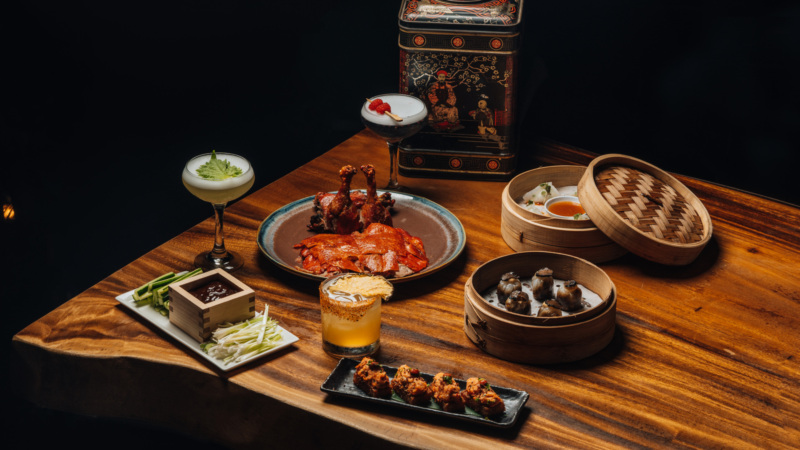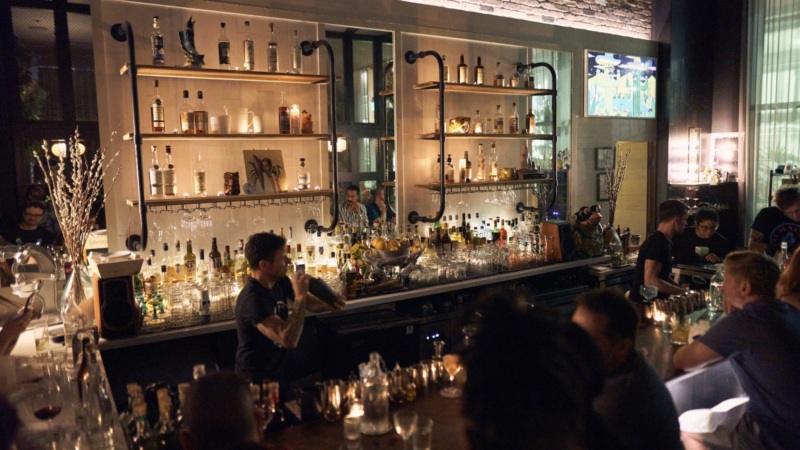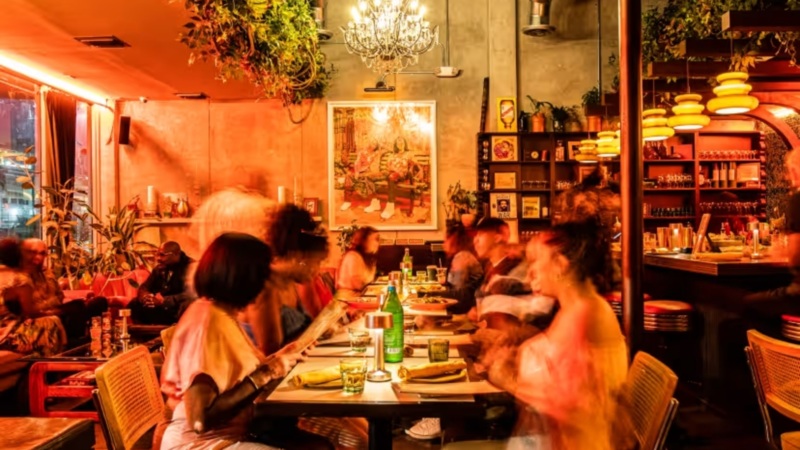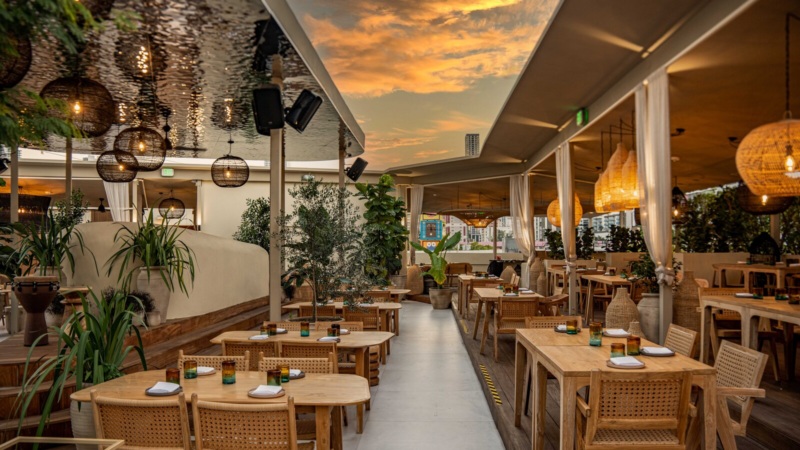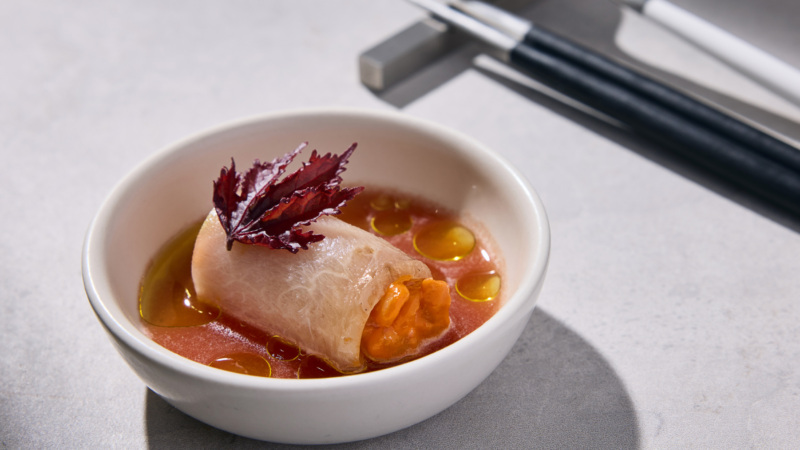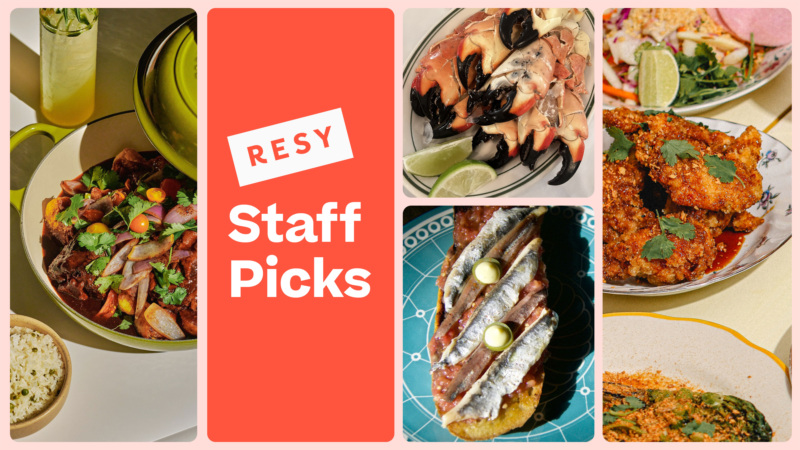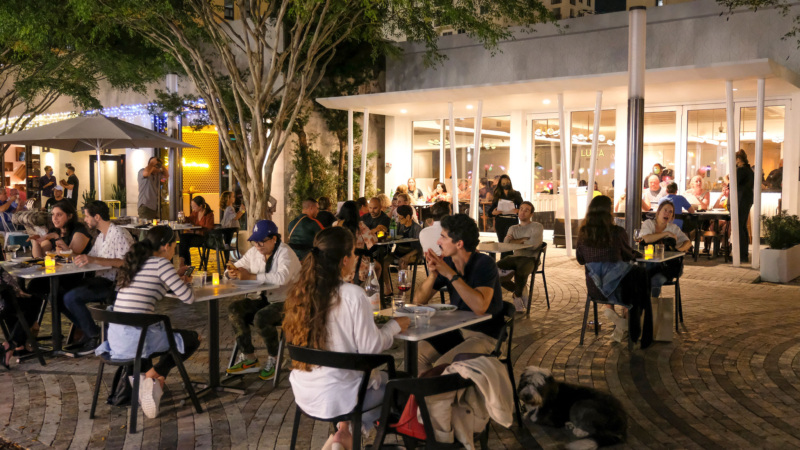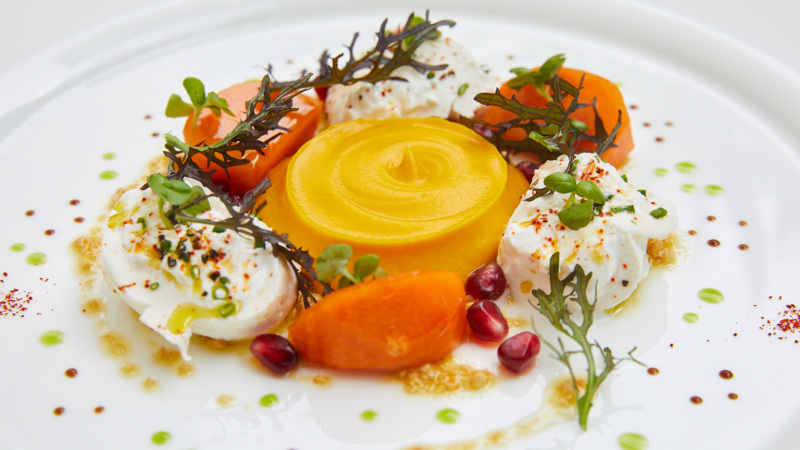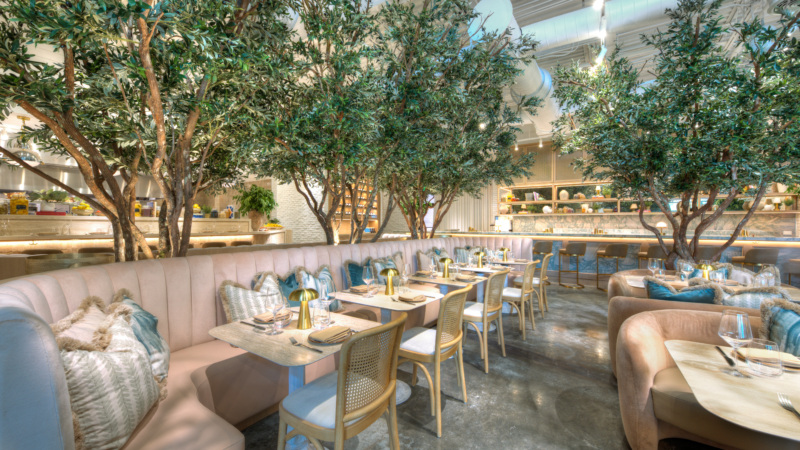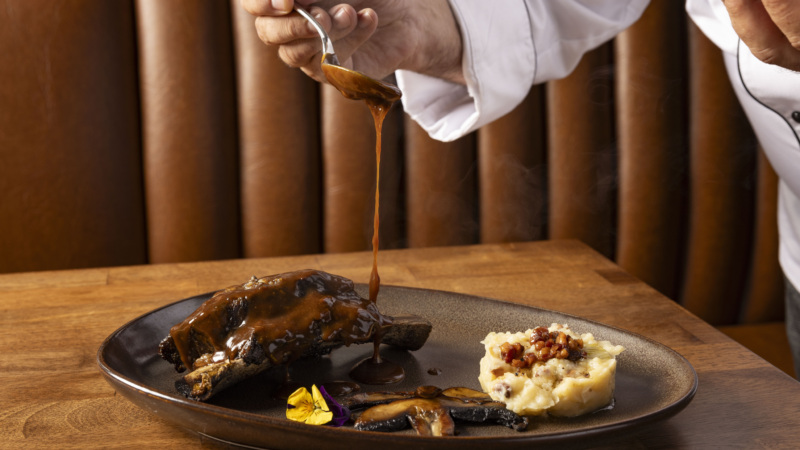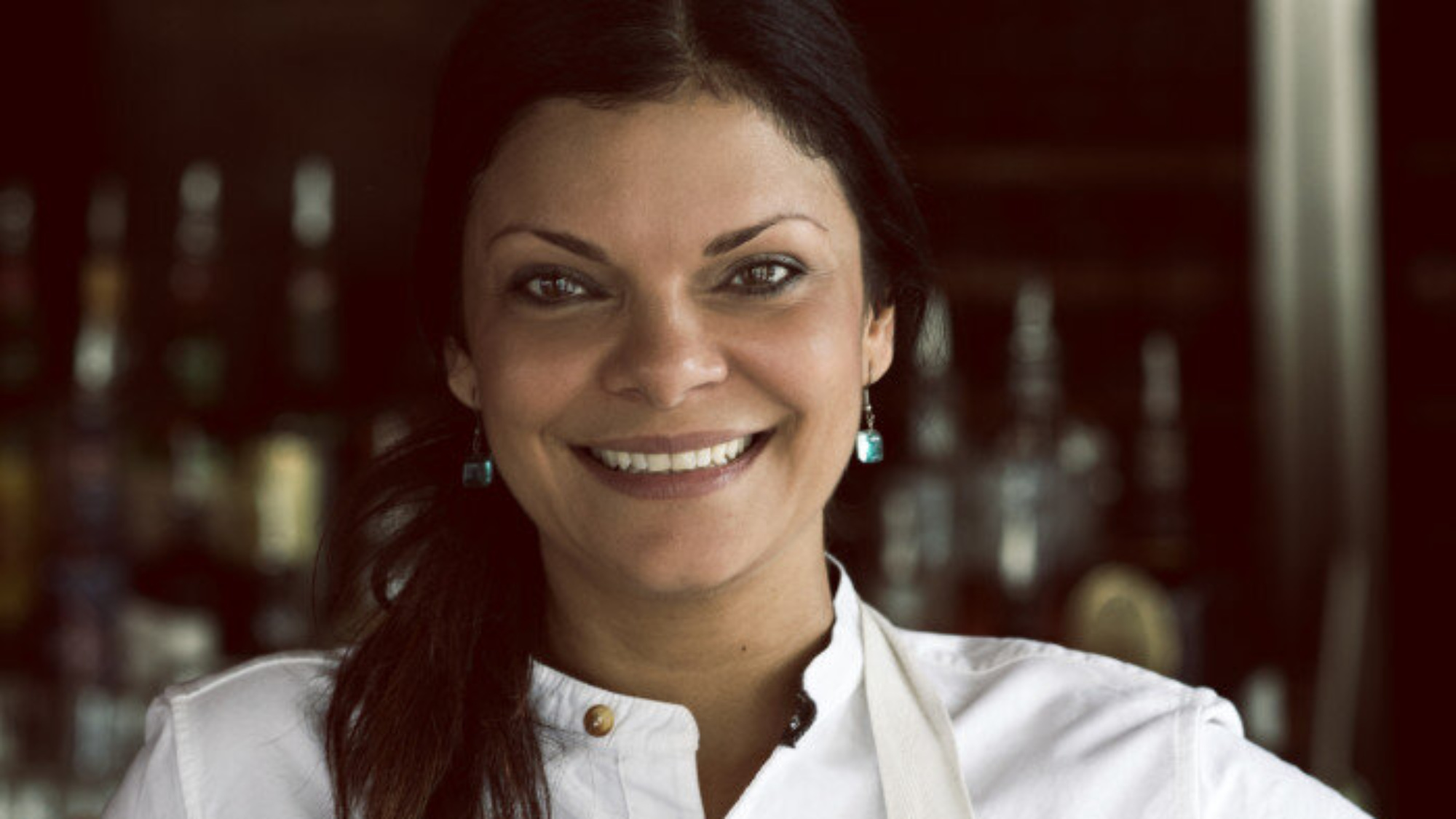
At Barceloneta, Juliana Gonzalez Channels a (Mostly) Catalan Spirit
Chef Juliana Gonzalez has successfully helmed Barceloneta Tapas and Gin Bar in Miami’s Sunset Harbour neighborhood for over a decade. Born in Puerto Rico but with a resume that includes stints at La Broche by Sergi Arola (two Michelin Stars) in Madrid, she has created a rustic yet sophisticated menu that marries traditional Spanish cuisine with Mediterranean influences, which has helped her maintain a loyal and passionate clientele.


A graduate of Johnson and Wales University’s Florida campus, Gonzalez worked at the critically acclaimed Mosaico restaurant when it made a splash on Miami’s culinary scene in 2004. There, she achieved the independence to elaborate on authentic recipes and she brought her own personal flair to its Spanish cuisine. She then went on to positions at The Restaurant at the Setai, David Bouley Evolution Nobu, and Sushi Samba Dromo.
In 2011, Gonzalez decided to take a leap. She joined forces with Daniella Rezai and Manuel Suarez-Inclan and created Barceloneta Tapas and Gin Bar. In 2017, she was also tapped to create Caña by Juliana at the Fairmont El San Juan Hotel in Isla Verde, Puerto Rico, an homage to Puerto Rican cuisine, which she still runs.
Named after a little town in Puerto Rico and also inspired by a popular fishing neighborhood of the same name in Barcelona, Barceloneta embodies neighborhood dining. Walking in, you’re enveloped in the casual feel of the dining room, with its wood paneling, chalkboard menus, and open kitchen, which provides a view into Gonzalez’s serene, focused expediting of dishes. At tables, groups discuss and sample the Catalan-inspired cuisine laid out before them in small terra cotta bowls. It may give a sense of ease, but Barceloneta remains one of the most popular restaurants in town. You can bet that everyone here booked ahead, and has been anticipating their meal for a while.
Gonzalez has, by large, stuck to a relatively classic roster of Catalan dishes. A meal often will start with tapas such such as pan con tomate, gambas al ajillo (sauteed shrimp with garlic and sherry), and the tortilla Española, before moving on to larger dishes like arroz de campo made with Calasparra rice, free-range chicken, shiitake mushrooms, green beans, Iberico ham, and chicken liver mousse.
It’s all intended to pairs with the extensive list of gin cocktails. There are more than a dozen gin and tonics on offer, each gin paired with herbs and flavors that bring out its unique botanical qualities (the Majorcan label Cabraboc is matched to sea salt, mint, lemon and dried beets), in addition to martinis and other selections.
We caught up with Gonzalez to learn more about her culinary inspirations and what it means to create an authentic Spanish restaurant. She’s a reserved presence among Miami’s food luminaries, not known for peacocking at food festivals or looking for the spotlight at media events. Her energy, instead, is channeled into running two successful in two different cities.
This interview has been lightly edited for length and clarity.

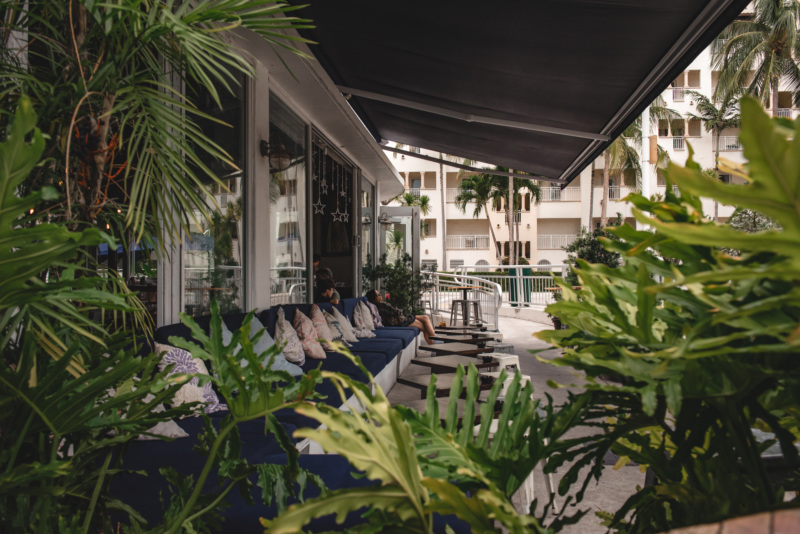
Resy: Were you always interested in food and cooking?
Juliana Gonzalez: I always loved being in the kitchen with my mother as she prepared traditional Puerto Rican dishes such as calditos (a savory broth) and comida criolla (Creole-inspired cuisine). And I remember traveling to Cerro Maravilla in Ponce to celebrate Christmas and Three Kings Day, and how my father would prepare the lechón a la varita [spit-roasted pork] and my mother the arroz con gandules [rice with peas].
Did you have an “a-ha” moment when you knew you wanted to be a chef?
When I did my stage in Spain and saw the passion of the cooks, I wanted to be like them and love what I was doing the same way. Their work ethic was very professional and very serious — but there was also passion and dedication. They were looking for perfection. And then later when I worked with chef Jordi Valls at Mosaico in Miami, I grew in the kitchen. He allowed me to come up with ideas and with him I learned how to create and compose a dish. He gave the foundation and after that it was me learning and improving on my own.
What was it like running a kitchen for the first time?
Most people never thought I was a chef. They immediately dismissed me as a the front-of-house manager or something else. But I am a chef and I can hang with the boys. I never had a problem with the boys teasing or anything like that. I never felt that because I’m a woman that I couldn’t do certain things. At one point I needed to be strict and a little stronger in personality. If you can just stick it out and show them that you can hang and be tough then they respect you.
These days I manage a staff of 15 people and I like my cooks to have opinions — if they have a better way to do it, I’m very open to change. Even dishwashers have shown me ways to make things more simple. I’m very open to taking advice and seeing things from another perspective.
Barceloneta has such a great vibe. How did you set about creating that atmosphere?
We wanted to create a typical-feeling restaurant that you’d find in Spain. We didn’t want to go completely tapas bar — like where the Spaniards toss their napkins and wrappers on the floor — we wanted to do something more upscale than that. So we used a lot of wood and brick and made it a really warm environment. And because we’re in Miami it’s amazing to be outside, so we have the outdoor terrace and a lounge. We’re really a neighborhood restaurant. I see the same faces come through here that I’ve been seeing for the last 10 years.
You’ve been open now 11 years. What has changed on the menu and what has stayed the same?
In the beginning when we opened, some people thought we would be a cheap tapas place, but then we found our crowd, who understand us and what we’re doing. Now we’ve been here for 11 years. But we are at heart a neighborhood restaurant, and there are some dishes we can’t take off the menu or our regular customers would kill me — the brussels sprouts, the pan con tomate, fish Esqueixada — right now we’re using a wahoo crudo, which we top with grated tomato and olive dust. And of course the black rice with seafood.
But we’re always introducing new things. Right now we have an artichoke dish where we confited the artichoke in olive oil and then we top it with fried egg and Iberico ham and a drizzle of truffle oil and sea salt. That one has been a big hit.
What are the dishes first-timers should definitely order at Barceloneta?
The Esqueixada, the boquerones, the Iberico ham on top of the pan con tomate. We’re making these mushroom croquettes with manchego that are to die for and it’s served with truffle aioli. For dessert, copa de caramelo — it’s a salty caramel mousse topped with chocolate crumble and raspberries. We don’t have a pastry chef — I make the desserts but I prefer to focus on the savory.
Gin plays a big role on the menu. Why did you feel it was important to have so many different gins on the menu?
In Spain, gin is very important. And it pairs really well with the food. So we wanted to create a gin bar. We use a lot of different botanicals to enhance the gins. We like to match them with herbs like rosemary and basil, depending on the character of the gin.

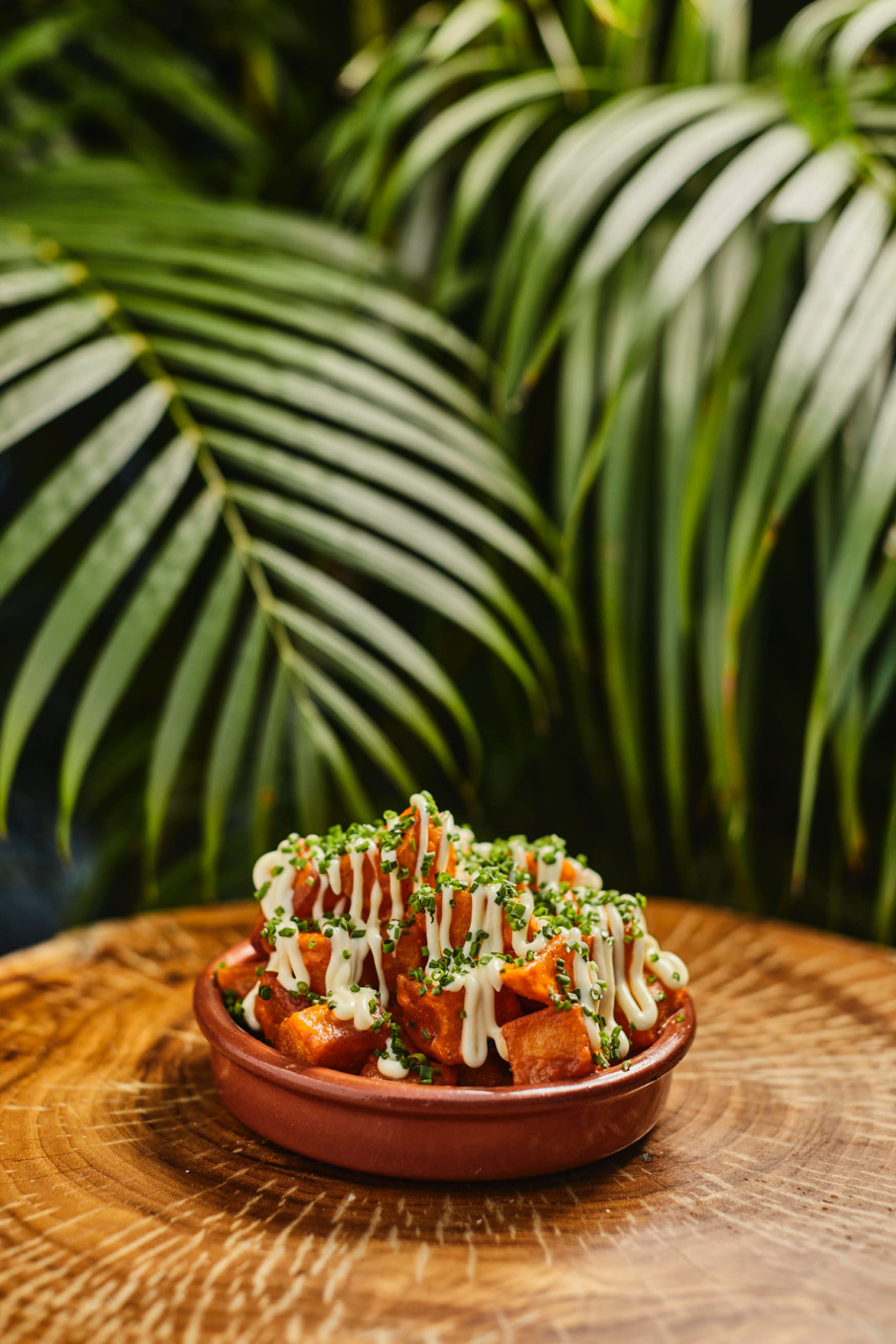
How do you balance running two restaurants ?
We go every month to Puerto Rico and I spend four days there but I’m full-time in Miami. When I go there I do the menu changes, I check the quality and consistency and make sure it’s on point. I have a great team there. Sometimes it gets intense when we do menu changes there, I’ll need to spend more than a week making sure it’s working properly.
What’s a mistake some chefs make when running restaurants?
The biggest mistake a chef can make is to only cook traditional plates. It is crucial for a person to get out of their comfort zone — to be fearless and try different flavors. Evolving in the kitchen is not really about discovering new recipes, but rather about discovering new products that contribute to the creation of unique, delicious, and exclusive dishes.
The biggest mistake a chef can make is to only cook traditional plates. It is crucial for a person to get out of their comfort zone — to be fearless and try different flavors.
What does a typical workday look like?
I get to the restaurant at 4 p.m. I check that mise en place is ready. At this point, after 11 years everyone on my staff knows what they need to be doing. Then we check the reservations for the night and then service starts at 5 p.m. We’re a sharing-style restaurant, so our service is more relaxed. It’s not like a fine-dining restaurant where things need to go in a sequence. Usually we recommend six plates per person, so we try to have our servers guide them through the selection process and we like to send out three to start and then follow it up with three more and make sure it’s paced well.
Is there a food memory you have that inspires you to this day?
My mom used to make the best arroz con pollo. During the week, my mom worked. So when she would cook for us, it was a little bit more basic. But on the weekends she would make arroz con pollo, with rice, beans, avocado, and tostones. I was so happy on the weekends because I was going to eat arroz con pollo. It inspires a dish on my menu at Caña by Juliana.

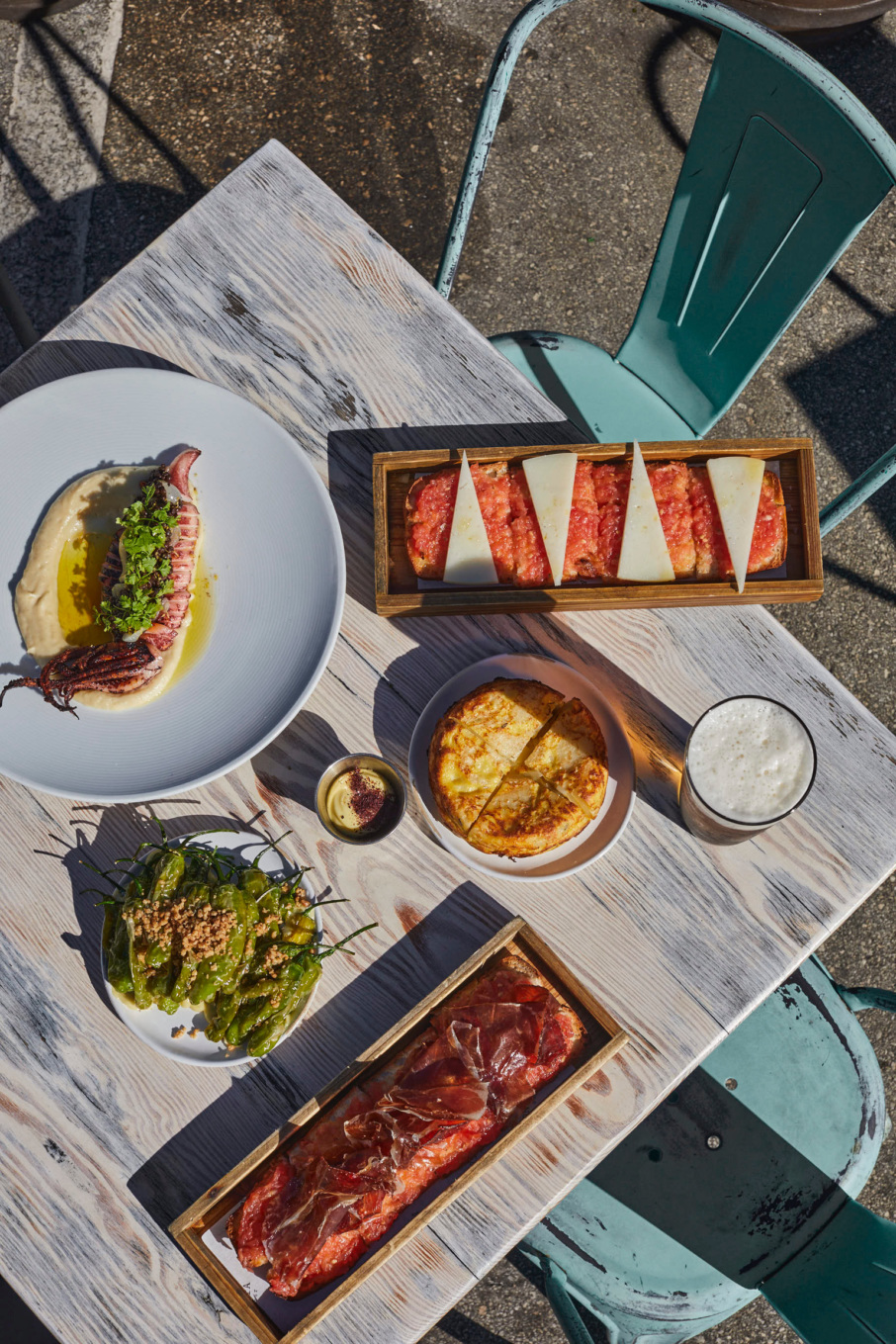
Do you make this dish at home?
I’m so busy so I don’t get to make it too often, but when I do I try to make it as traditional as possible, but sometimes to give the umami flavor, I use capers and anchovies. You mix it up in the sofrito and nobody can tell. The capers and anchovies make you want more and more.
Where do you like to go in Miami to dine out?
I love to go to Itamae — their food is light and fresh and perfect for Miami. NIU Kitchen for their amazing charcoal burnt oysters and Yakko San for classic izakaya because they have been there forever, back in the day the chefs used to go there after hours and they haven’t changed the quality and consistency of the food even now that they’ve changed locations. I also like Tigre for a cool place for dinner with friends. They have a patio on the water and it’s fun. The chef is Argentinian and the chicken Milanese was really good and the bunuelos were great.
What can we look forward to with Barceloneta and your team?
We’re planning to expand the brand. We’re looking to open other locations in other countries. So we’ll see how that goes. I can’t give away too much right now, but stay tuned.



